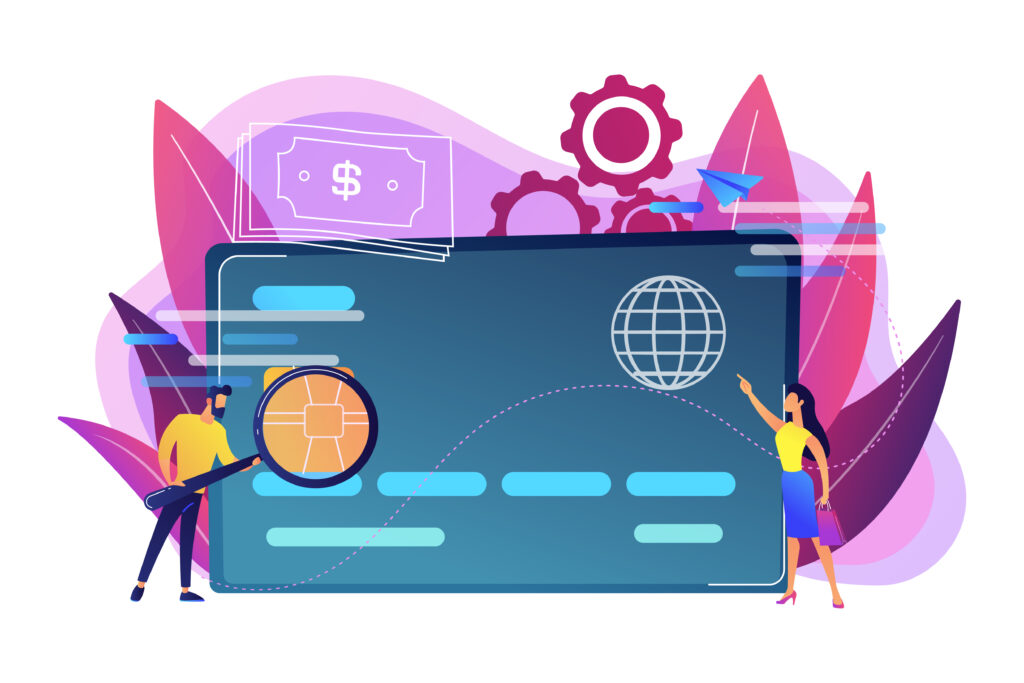
EMV stands for Europay, Mastercard, and Visa and is the payment system that these three companies put into use via chip-and-pin technology. The advanced payment processing used by chip and pin helps combat fraud, providing increased safety and confidence for card users and businesses.
EMV
Using EMV chip reader payments provides merchants and customers with increased security and confidence when taking and making payments. As well as making use of contactless technology which increases transaction times and convenience of taking payments, EMV technology encrypts the card information meaning that it is more secure than payments made through other methods.
Swiping and Manually Keying-In
In the past, merchants would have the choice of swiping a customer’s payment card or manually keying in the card details for payment. These days, swiping a card to read the details held within the magnetic strip with the customer present is no longer allowed. This is due to the higher risk of card fraud due to forged signatures.
Manually keying in a customer’s card details is still permissible. However, this is also a risky strategy since there is the potential for the card number to be input incorrectly. Keyed-in transactions will most commonly occur for transactions taken over the telephone or online payments. However, they can also be used by tradespeople who take card details after completing a job to process when they return home.
Fraud Liability
The advent of EMV has shifted the liability involved with taking payments from the cardholder onto the merchant. If a chip reader was not used to process a payment and the cardholder claims they did not authorize payment, a bank has the right to assume that a counterfeit card was used at the point of sale. The liability for the transaction then lands with the merchant. EMV assumes that the cardholder was present at the time of the transaction.
EMV vs. Manual Payments – Costs
A merchant pays a fee on every card transaction they conduct. That rate depends on their provider, the volume of transactions they undertake, and how those transactions were made. With the risk significantly higher for payments made by manually keying in a cardholder’s details, card reader suppliers will charge a higher percentage than for payments made by EMV methods.
The use of EMV payments signifies that the cardholder was present for the transaction, thus considerably reducing the risk of fraud. This, in turn, helps protect the merchant against fraud liability.
Benefits of Choosing EMV Payments
There are many benefits of investing in an EMV-compatible payment machine. Although an initial financial investment will be required to purchase an EMV card reader, the costs per transaction using EMV payments are lower than manually keying card details in. With EMV machines encrypting card information, customers will be able to shop confident that their details are secure. Meanwhile, contactless software within EMV machines improves transaction times allowing you to serve more customers in a shorter timeframe. At the same time, you will be significantly reducing your potential liability for fraudulent transactions. Please note, that this is only some basic information, these steps cannot guarantee an outcome. It is your responsibility to make sure you are EMV compliant.
For more information please contact Card One at 310.826.7000
